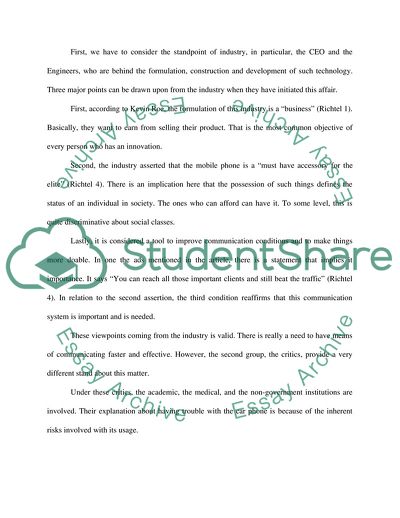Cite this document
(The Issue of the Use of Car Phone Case Study Example | Topics and Well Written Essays - 2250 words, n.d.)
The Issue of the Use of Car Phone Case Study Example | Topics and Well Written Essays - 2250 words. Retrieved from https://studentshare.org/technology/1757129-promoting-the-car-phone-despite-risks
The Issue of the Use of Car Phone Case Study Example | Topics and Well Written Essays - 2250 words. Retrieved from https://studentshare.org/technology/1757129-promoting-the-car-phone-despite-risks
(The Issue of the Use of Car Phone Case Study Example | Topics and Well Written Essays - 2250 Words)
The Issue of the Use of Car Phone Case Study Example | Topics and Well Written Essays - 2250 Words. https://studentshare.org/technology/1757129-promoting-the-car-phone-despite-risks.
The Issue of the Use of Car Phone Case Study Example | Topics and Well Written Essays - 2250 Words. https://studentshare.org/technology/1757129-promoting-the-car-phone-despite-risks.
“The Issue of the Use of Car Phone Case Study Example | Topics and Well Written Essays - 2250 Words”. https://studentshare.org/technology/1757129-promoting-the-car-phone-despite-risks.


